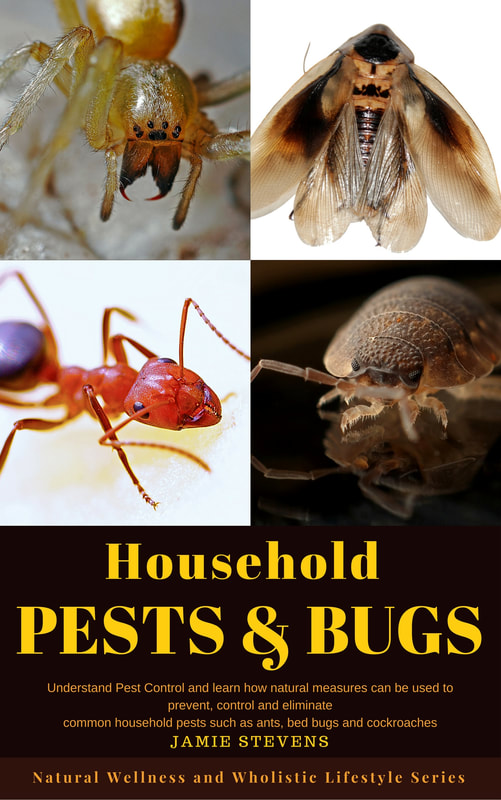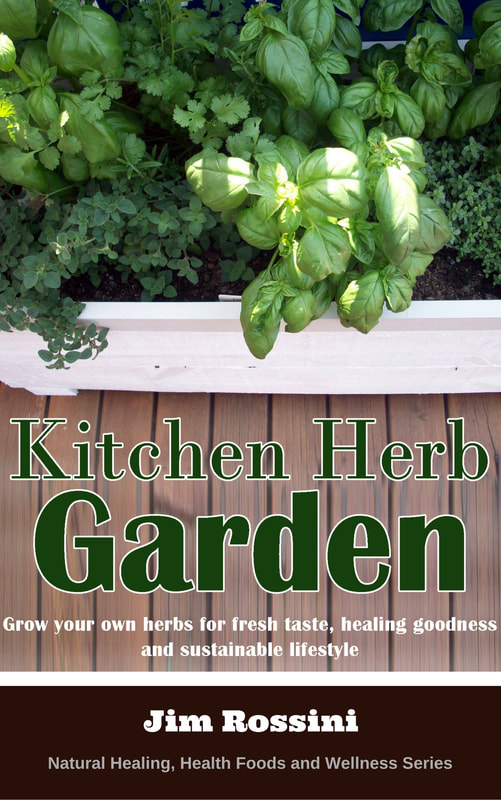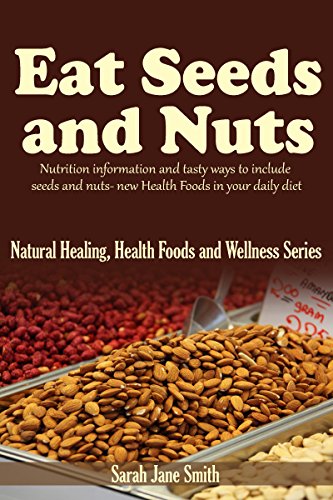| A container is a great way to grow fresh vegetables and herbs. You can grow many easy-to-grow vegetables, including tomatoes, cucumbers and salad greens like lettuce. To grow well, these plants require only sufficient sunlight and drainage. Your container kitchen garden should be protected from the elements and extreme temperature changes. Grow your salad greens If you're looking for a way to add fresh salad greens to your diet, growing them in a container is an excellent option. | |
First, choose a container that has a light, even soil. Salad greens grow well in a light, well-drained soil that gets consistent water and fertilization. They are a great choice for small spaces and patios. Once the lettuce plants are established, you can thin them out and enjoy fresh salads.
Salad greens last all season long, and you can grow lettuce varieties that do well in cool conditions. Choose a cool-climate lettuce variety, like Arctic King, to get the best results. If you live in a warm region, choose a heat-tolerant variety.
Salad greens are among the most popular vegetables in the world, and they are relatively easy to grow. Some types are easy to grow in containers and can even be grown in the same container as lettuce.
Grow lettuce in a container
You can use old coffee mugs or soup bowls to grow lettuce. Place them in a cool, bright place indoors and add potting soil. Lettuce grows well in containers as it needs very little water. The leaves of lettuce will become large enough to harvest. Add a sprinkle of fertilizer once a week to keep them growing. Keep the container moist but not soggy.
Choose a container that has drainage holes to avoid standing water. Use a window box or a small pot with a diameter of 10-12 inches. It's recommended to use a terracotta or clay pot if you live in a humid climate. You can also use plastic pots, but make sure they have drainage holes.
When planting lettuce, choose a potting mix that is well-draining and loamy. It won't grow well in soil that holds too much water. It's also recommended to use a potting mix that contains a slow-release fertilizer. The potting mix can be filled almost to the top, but leave 1-2 inches of space so that the soil doesn't overflow.
In addition to using compost, you can also amend the soil with vegetable scraps to improve the soil. To keep the soil moist, add a balanced fertilizer every three to four weeks. It's also important to check the soil every day for any signs of dryness. If the soil is dry two inches deep, it's time to water the lettuce plant. Do not overwater it, however, because too much moisture will cause the lettuce to bolt and taste bitter.
| | Growing lettuce in fabric grow bags Fabric grow bags are a good choice for growing lettuce. These bags are waterproof and do not rot. A raised bed irrigation kit can help you water multiple bags at once. Fabric bags allow for air circulation, which is essential for plants to get the proper amount of oxygen. They also allow excess water to drain away quickly. Lettuce grows best in cooler weather, as the plant will bolt into bloom during hot weather, ending the harvest season. |
A fabric grow bag will last between two and three years, but their lifespan will vary depending on the care that you give them. If you give them the proper care, they may last five years or more. It's important to water regularly, as fabric grow bags absorb water more rapidly than standard planters.
Using fabric grow bags is a great option for growing lettuce. They are light weight, easy to transport, and inexpensive compared to traditional containers. And they are breathable, which promotes healthier plants and stronger roots.















